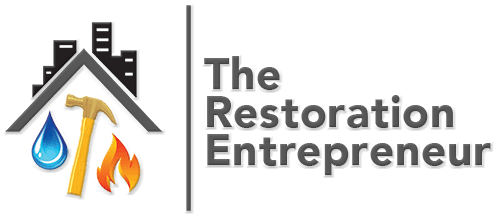The Atlantic hurricane season is between June and November, but the peak season, when the majority of hurricanes hit, is between August and October. So, we’re right in the thick of it.
Last year, we saw a total of 30 named storms, with winds 39 mph or greater. Of these, 14 grew into hurricanes, with winds 74 mph or greater. Six of these hurricanes made landfall in the U.S.

And according to the National Oceanic and Atmospheric Administration (NOAA), this year will likely be another above-average season. They don’t expect it to be as intense as 2020, which broke historic records, but I think we all agree it’s hard to compete with the year we just had.
The NOAA is predicting 13-20 named storms this year. Of which, between 6-10 could turn into hurricanes.
Does your restoration business offer storm and disaster related services?
Heavy winds, rain, flooding. Hurricanes wreak havoc on communities. And it’s times like that when customers need a professional. Someone they can trust to put their life back together.
Offering cleanup, remediation, restoration, and reconstruction services after a disaster is an essential part of supporting your customers when they need it the most.
Water damage restoration, mold removal, roofing, cleanup of the damaged property and complete reconstruction are all areas that your business might already be in. But are you marketing your restoration business as a hurricane or disaster restoration specialist?
Being a full-service restoration contractor who can do it all, is a huge benefit to customers. And it could help bring in some extra business for you.
Everyone should prepare for the next storm, including you and your business. What can you do now to prepare your restoration business before another hurricane makes landfall?
Contact us today! And ask about our new Hurricane Preparedness class.
